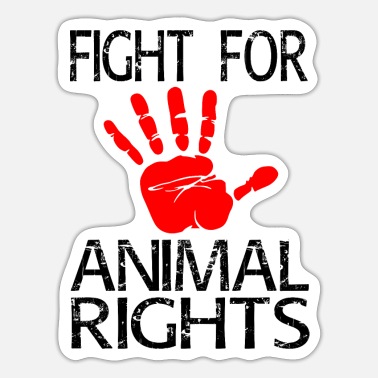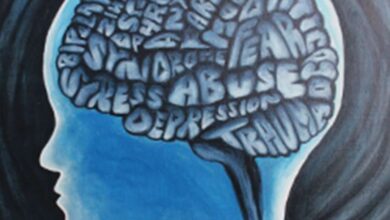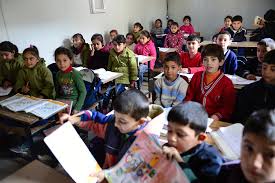Animal Rights and cruelty prevention

As humans, we share this planet with a vast array of animals, each with its unique behaviors, traits, and needs. Although we may consider ourselves the superior species, we must respect and protect the lives of all animals. In this article, we will discuss animal rights and cruelty prevention, the importance of these issues, and how we can make a difference.
1. Understanding Animal Rights
Definition of Animal Rights
Animal rights refer to the idea that animals deserve consideration and respect, just like humans. This means that animals have the right to be treated with dignity and to live free from harm, exploitation, and abuse.
History of Animal Rights
The concept of animal rights dates back to ancient times, with ancient Greek philosopher Pythagoras being one of the first to argue that animals should be treated with respect and kindness. In modern times, the animal rights movement gained momentum in the 20th century, with organizations like the Animal Legal Defense Fund and People for the Ethical Treatment of Animals (PETA) advocating for the protection of animal rights.
2. The Importance of Animal Rights
Ethical and Moral Reasons
One of the primary reasons why animal rights are important is because it is ethically and morally wrong to harm or exploit animals. Animals are sentient beings, which means they can feel pain and experience emotions just like humans. Therefore, it is our responsibility to protect them from unnecessary suffering.
Environmental Reasons
Protecting animal rights is also essential for the environment. Many animals play vital roles in maintaining ecosystem balance, and their extinction could have severe consequences on the planet’s overall health.
Public Health Reasons
Another reason why animal rights are crucial is for public health reasons. The mistreatment of animals can lead to the spread of diseases, such as the avian flu and swine flu.
3. Animal Cruelty
Definition of Animal Cruelty
Animal cruelty refers to any intentional act of harming or killing an animal without a justifiable reason. This includes neglect, abandonment, and physical abuse.
Types of Animal Cruelty
There are several types of animal cruelty, including:
- Intentional Abuse: This includes hitting, kicking, or otherwise physically harming an animal.
- Neglect: This occurs when an animal is not provided with proper food, water, shelter, or medical care.
- Animal Fighting: This involves pitting animals against each other in fights, often for entertainment.
- Abandonment: This occurs when an owner leaves their pet without proper care or shelter.
- Animal Hoarding: This involves keeping an excessive number of animals in one’s care, often resulting in neglect and abuse.
4. Preventing Animal Cruelty
Laws and Regulations
Many countries have laws and regulations in place to protect animal rights and prevent animal cruelty. For example, the Animal Welfare Act in the United States sets standards for animal care in research and exhibition facilities.
Reporting Animal Cruelty
If you suspect animal cruelty, it is essential to report it to the authorities immediately. In many cases, animal cruelty is a criminal offense, and the authorities will take appropriate action.
Supporting Animal Rights Organizations
There are several organizations that work to protect animal rights and prevent animal cruelty. By supporting these organizations, you can help make a difference in the lives of animals. Some of these organizations include:
- Humane Society of the United States: This organization advocates for animal welfare and works to protect animals from cruelty and abuse.
- World Wildlife Fund: This organization works to conserve endangered species and protect their habitats.
- International Fund for Animal Welfare: This organization works to rescue and protect animals from cruelty and exploitation.
5. Conclusion
In conclusion, animal rights and cruelty prevention are crucial issues that we must all take seriously. By understanding the importance of animal rights, the different types of animal cruelty, and the ways we can prevent it, we can make a difference in the lives of animals. It is our responsibility to treat animals with respect and compassion, and we must work together to ensure their safety and protection.



